7 Ways for Seniors To Improve Gait Speed (and Why It's So Important)
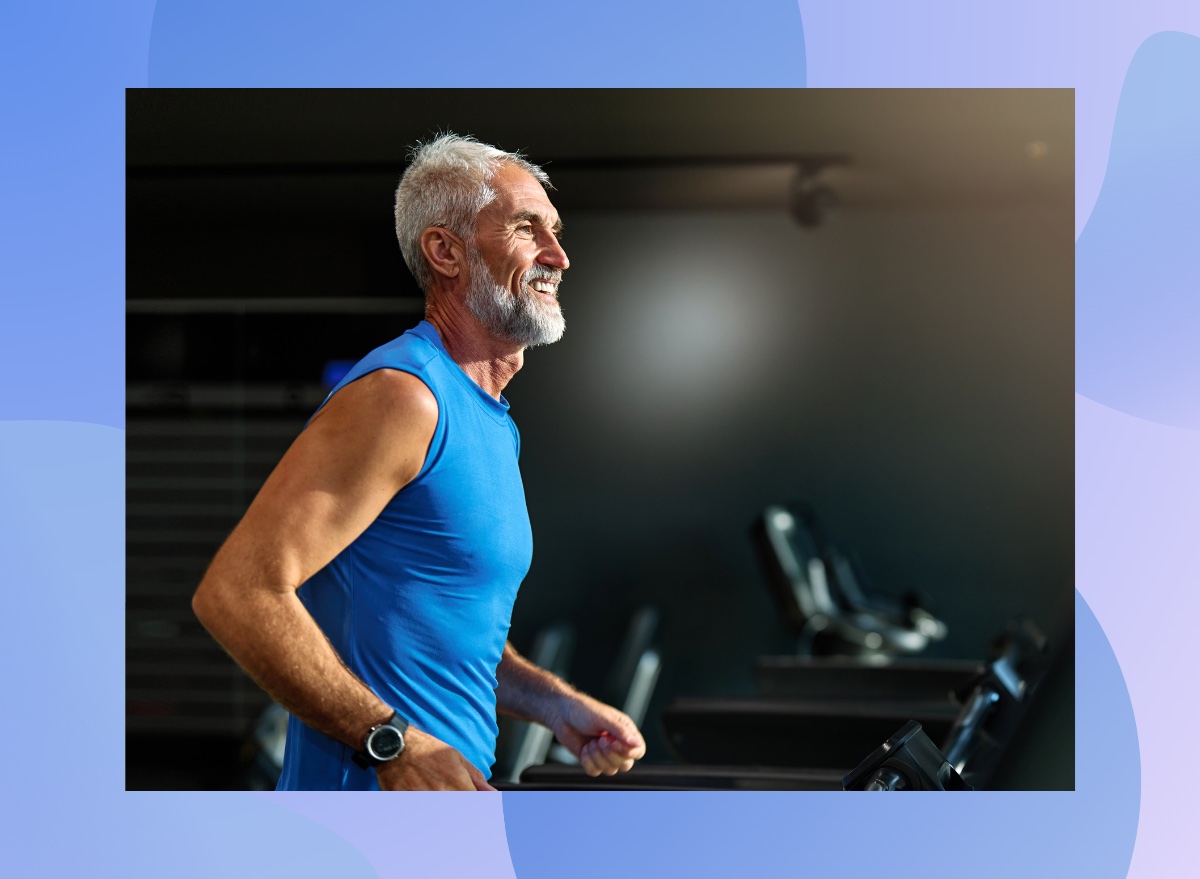
If you're a senior who walks regularly for exercise, kudos to you. But there are always improvements you can make to your routine—and for good reason. We reached out to Ronny Garcia, CPT, Blink Fitness, who shares 10 ways seniors can improve their gait speed and why it's so crucial.
"Maintaining a faster gait allows seniors to maintain independence in their daily activities without relying on assistive devices," Garcia explains. "A faster gait also allows you to move more efficiently and with greater ease. Walking [at a quick pace] indicates good cardio health as well as muscle strength and bone health. All these contribute to a reduced risk of disease." In addition, walking faster can help decrease your chances of getting injured from falls.
Keep reading to learn Garcia's 10 top-recommended ways for seniors to improve gait speed. And when you're finished, don't miss Here's How Long You Need To Walk Every Day for Weight Loss.
Walk consistently.

Incorporating walking into your daily routine—whether outdoors or on a treadmill—can boost your muscle strength and endurance even if you're not going far. "These both ultimately lead to an improved gait speed," explains Garcia.
In fact, research shows that walking, along with at-home weight-bearing resistance exercises, are seamless ways for older adults to get in physical activity and strengthen their muscles. Walking, specifically, has been proven to enhance overall physical function—and even melt belly fat.
Focus on lower-body strength training.
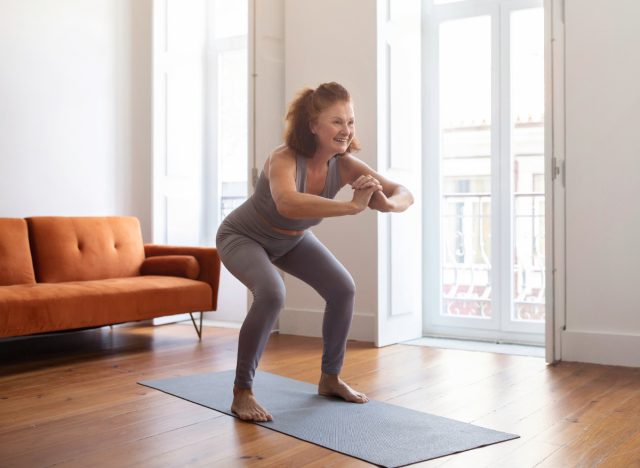
Include strength training in your routine to enhance your lower body—especially your legs. Garcia shares, "Exercises such as squats, lunges, and leg presses help improve strength and power, which are essential for faster walking."
Perform balance exercises.
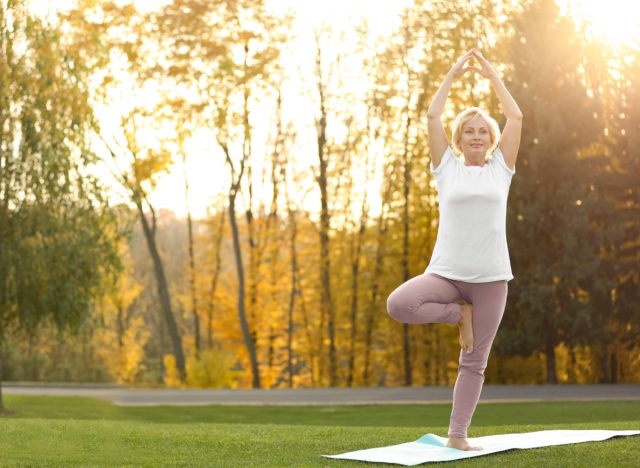
Balancing is of utmost importance as you grow older. Performing balance exercises, such as using a balance board or standing on one leg at a time, can help prevent falls and increase your stability. Garcia cautions, "Any type of injury will lead to a slower gait speed."
Stretch your lower body.
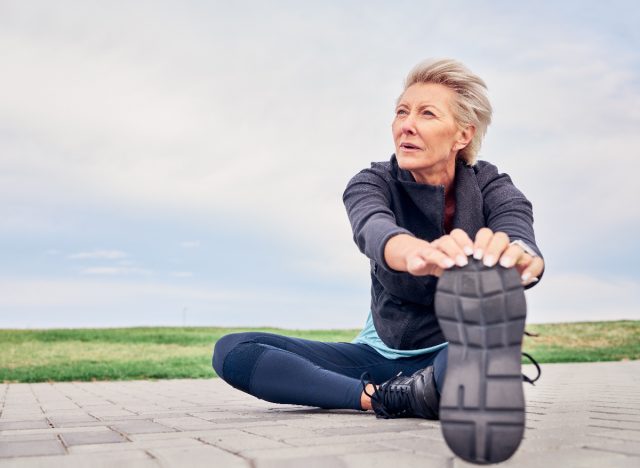
Along with strength training, stretching out your lower body is crucial. "It will improve range of motion and stride length which contribute to faster walking speeds," says Garcia.
Switch up your walking speed.
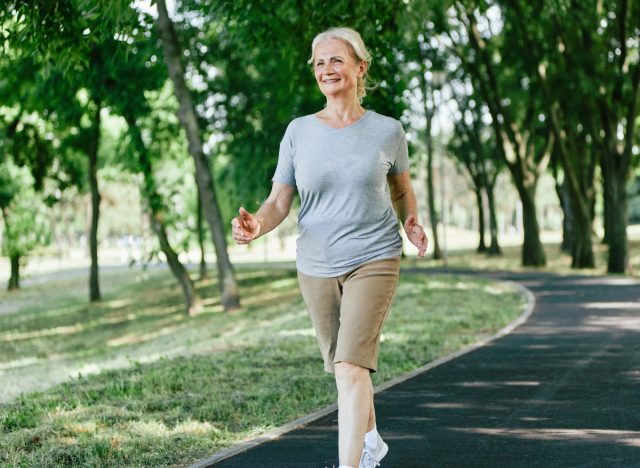
Alternating your walking speed will help strengthen your overall cardiovascular fitness. Plus, it keeps things interesting and challenging and will increase your gait speed over time, Garcia adds.
Wear supportive shoes.
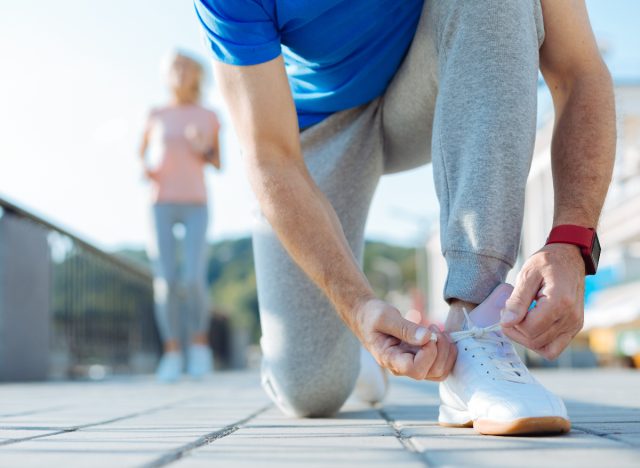
Your footwear is something to be mindful of, Garcia notes. It should be well-fitting and supportive to provide optimal stability and comfort. In addition, your shoes should have slip-resistant soles and soft, flexible uppers, according to Foot Centre Group.
If you're unsure of what brand may work best for you, it's always a good idea to check in with a podiatrist or your healthcare provider who can guide you in the right direction.
Consider a walking aid.
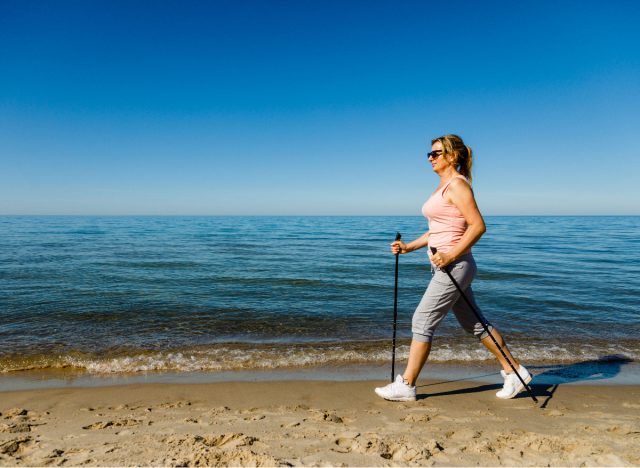
Another tip from Garcia is to consider using a walking aid (such as trekking poles, a cane, or walker) for extra steps, as it can help provide better stability and get you up and around—if that is an option. As previously stressed, it's always a crucial step to chat with your healthcare provider to ensure this tip is appropriate for you.
Be mindful of your technique.
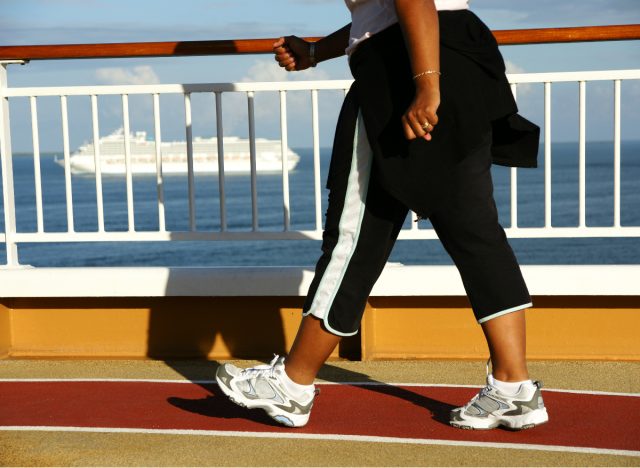
There are standard techniques to consider when your goal is to improve your gait speed. For example, be sure to stand tall, and make your steps faster rather than longer. It may also be beneficial to keep your arms bent at a 90-degree angle so you can move them back and forth at a quick pace.
Count your steps.
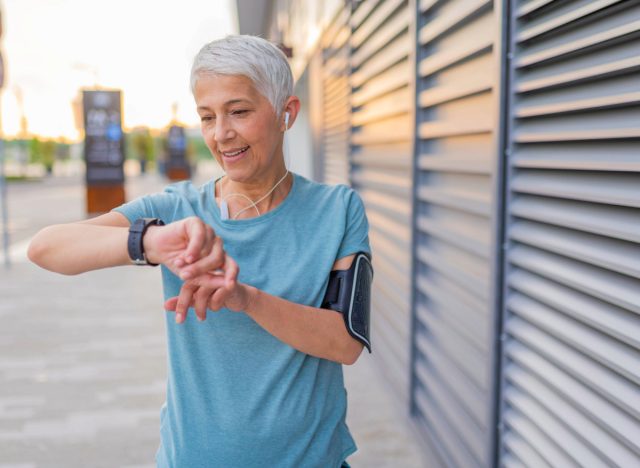
You may find it helpful to count the number of steps you take in a minute and make it your goal to complete more steps in the same amount of time. There are so many useful tools out there, such as the Fitbit, Garmin, and Polar Ignite that track your steps and help you challenge yourself.
Don't push yourself.
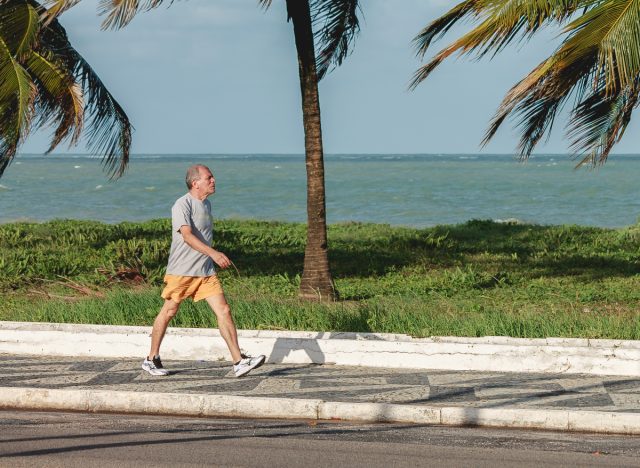
Challenge yourself, but don't overdo it. It's important to go at your own pace and never feel that you are pushing yourself to the extreme or an uncomfortable level. If you walk the same amount of time each day and add extra steps to that timeframe, you may very well be walking faster in no time.









